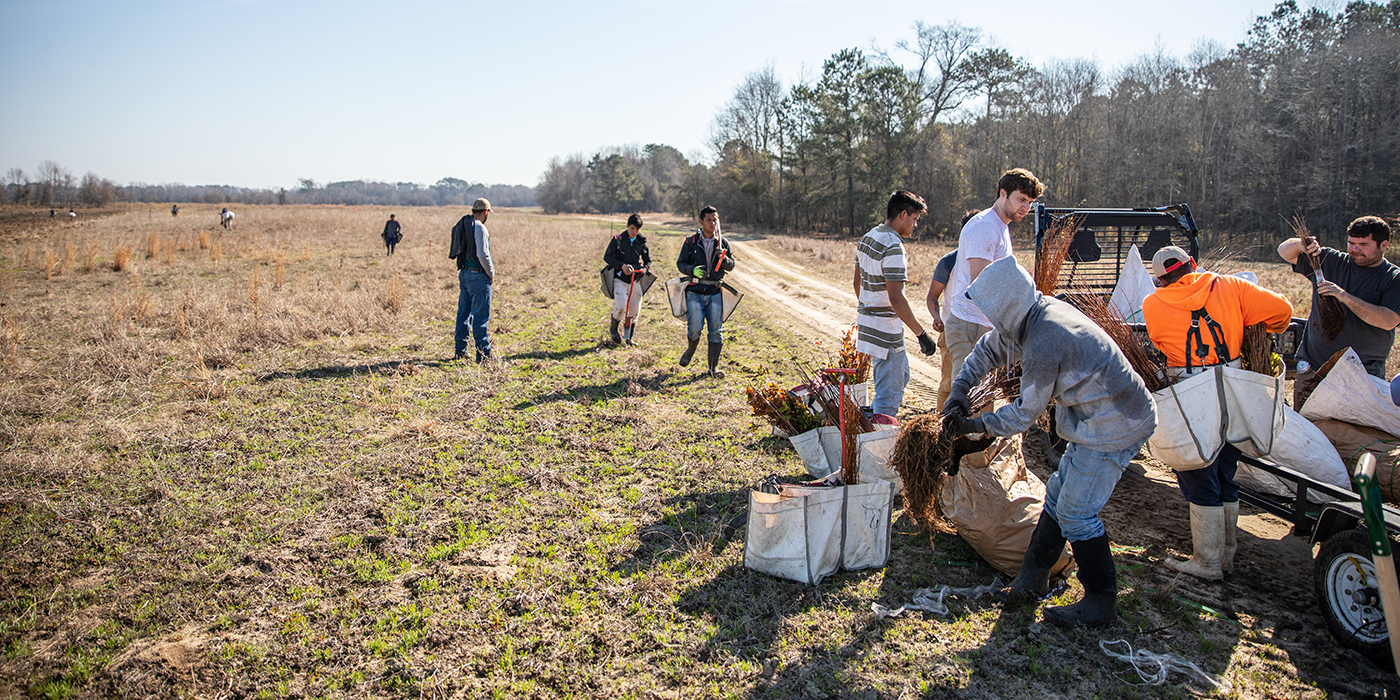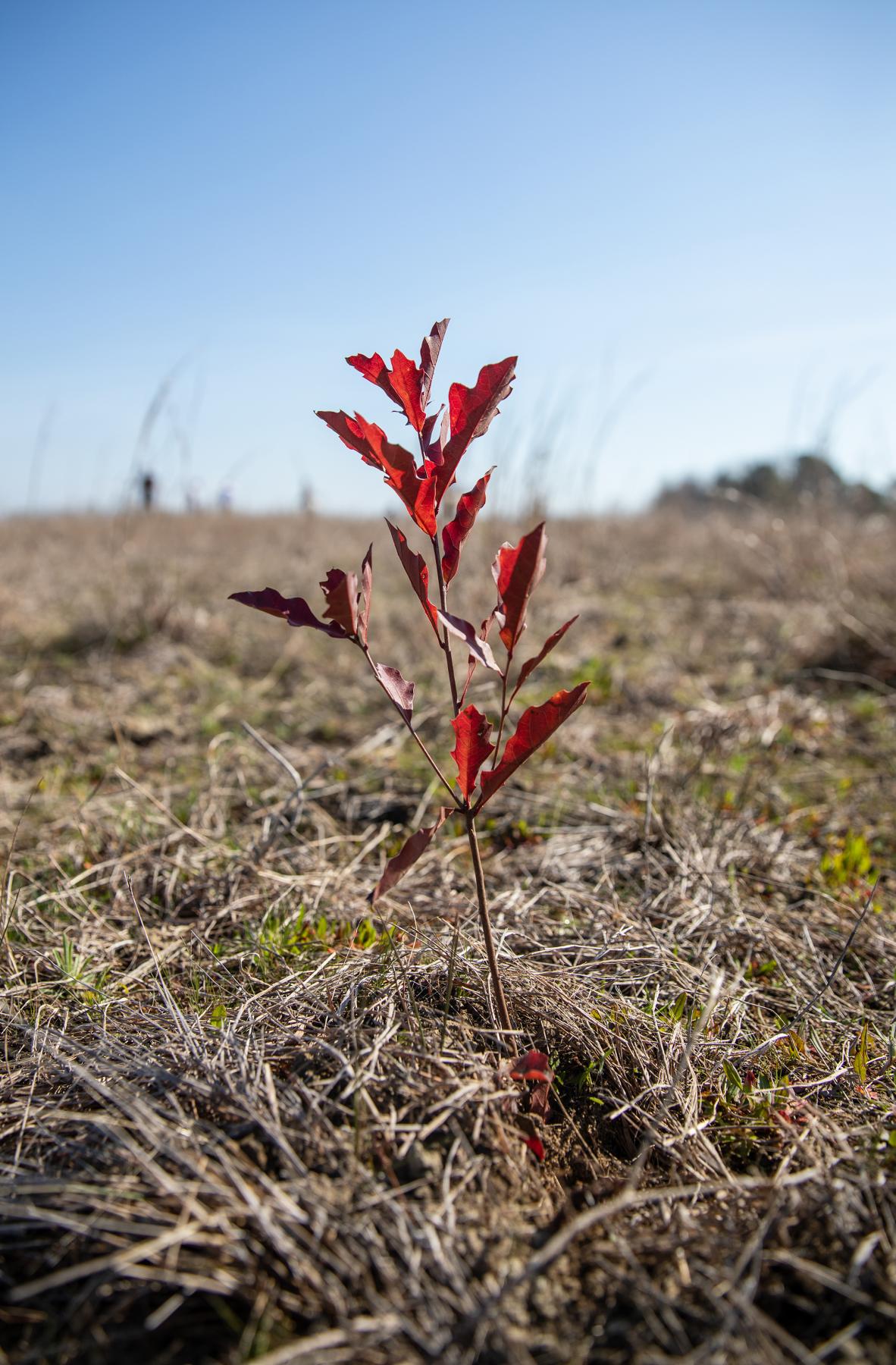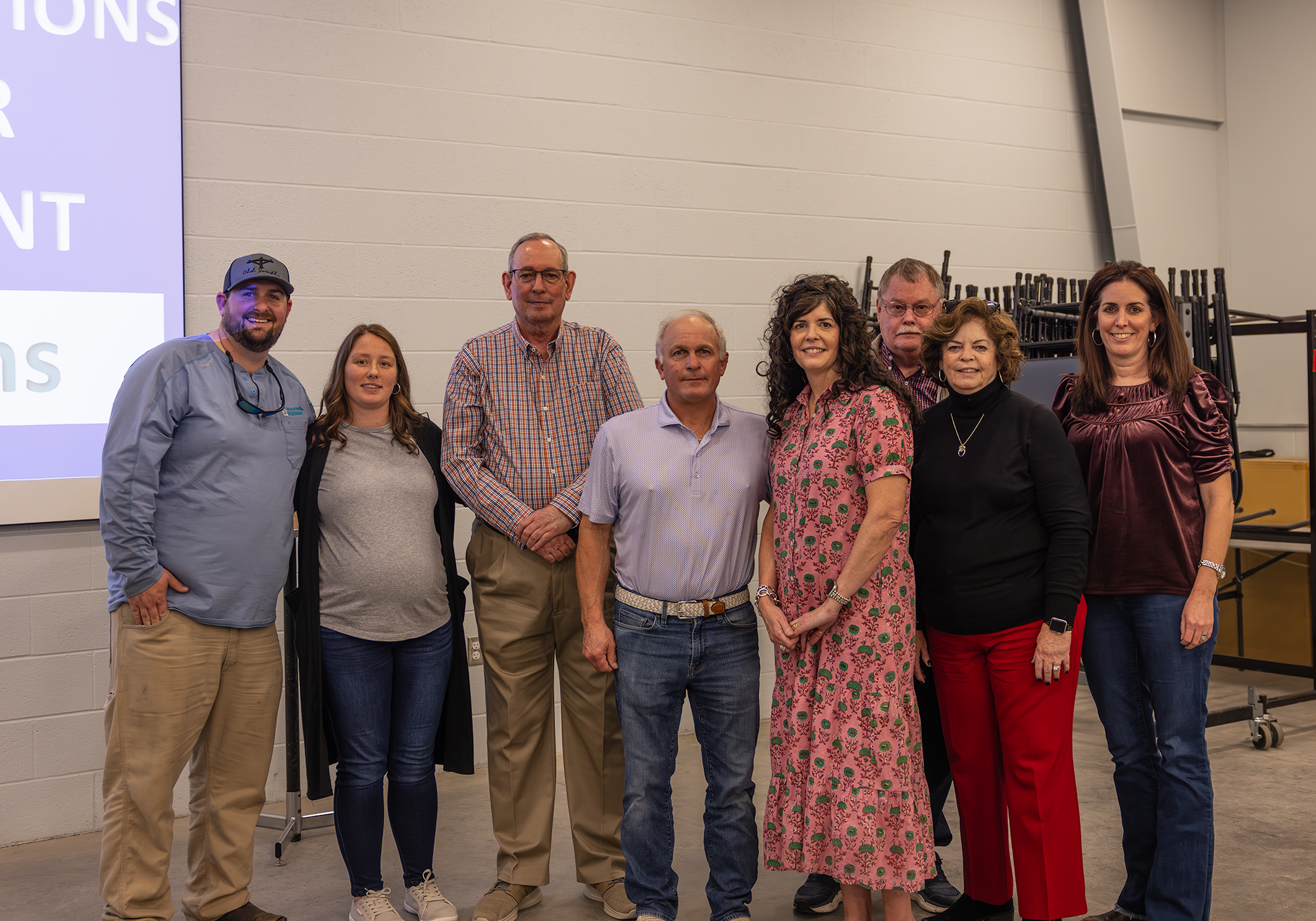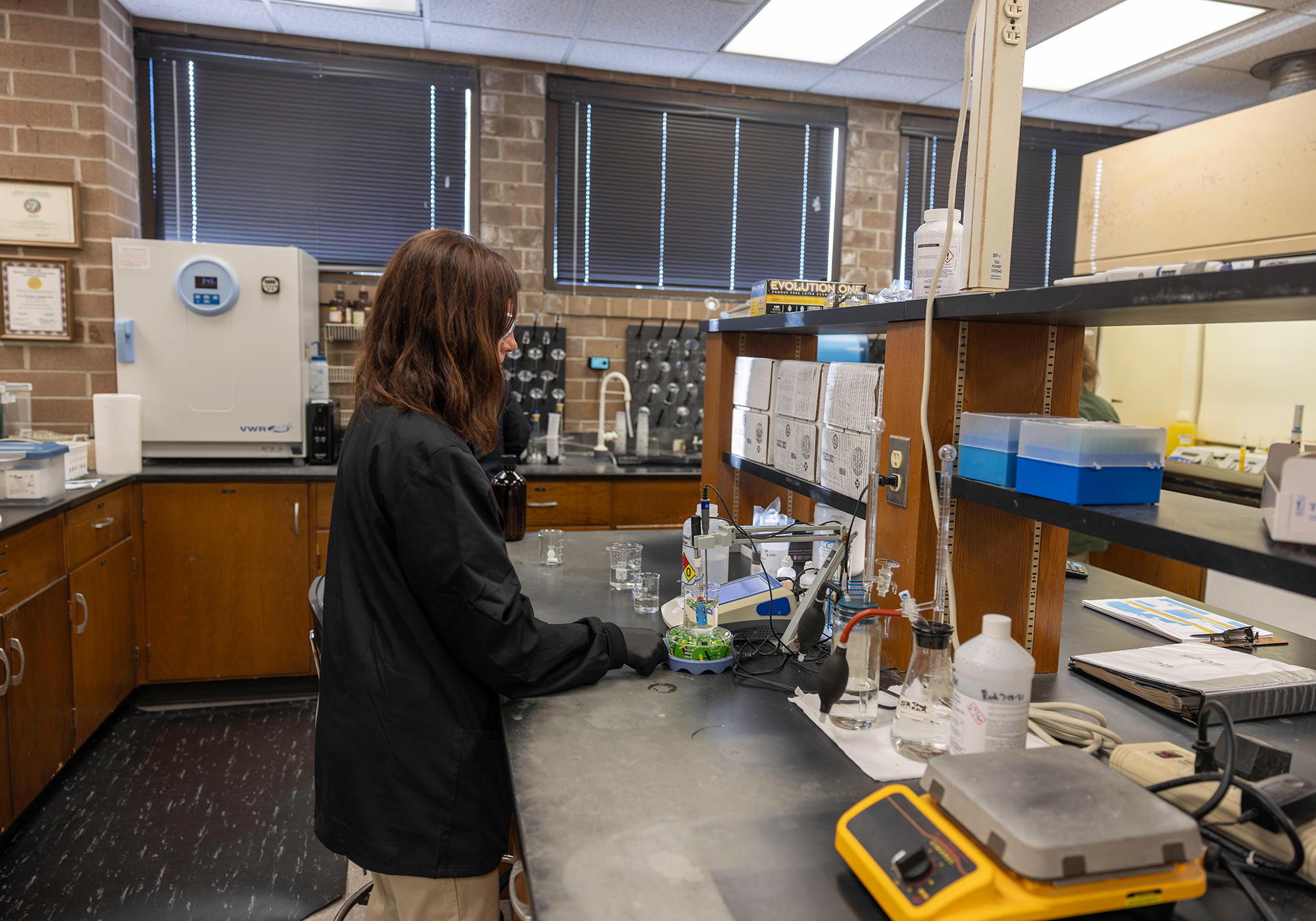
 Environmental stewardship has played a big role at Greenville Utilities for decades. Our commitment to energy efficiency and to the protection of the environment extends to our facilities, to our internal and external policies, and to our business practices. We have modeled conservation for many years, long before the term “going green” became popular.
Environmental stewardship has played a big role at Greenville Utilities for decades. Our commitment to energy efficiency and to the protection of the environment extends to our facilities, to our internal and external policies, and to our business practices. We have modeled conservation for many years, long before the term “going green” became popular.
Our Wastewater Treatment Plant (WWTP) has always been at the forefront of our environmental initiatives. These efforts were recently expanded through a new conservation initiative that not only serves the “environmental” part of our mission statement, but also the part about “providing reliable utility solutions at the lowest reasonable cost.”
One of the largest assets that GUC owns is the WWTP “farm” that encompasses 700 acres of land originally used for land application of biosolids. This part of the property has sat dormant since 2005, and staff came up with a way to convert that land to an environmental asset. This idea, several years in the making, recently came to fruition with the planting of 63,900 hardwood trees and shrubs along 100 acres of stream drainage areas on the farm.
Vegetative buffer benefits
The 31 species of hardwood trees and shrubs - such as persimmons, oaks, and redbuds - that were planted on our WWTP farm will eventually capture nutrient runoff before it enters the Tar River (see sidebar for complete list). The Tar-Pamlico watershed is a nutrient-sensitive waterway that is harmed if excessive soil nutrients, like nitrogen and phosphorus, flow into the river.
“Nitrogen and phosphorus are great nutrients for our gardens and yards, but too much of it can be bad for the ecosystems in our rivers and streams,” said Jason Manning, WWTP Superintendent. “The state restricts how much of these nutrients we can discharge into the river, so our Plant removes a lot of them during the treatment process. However, the state may put more restrictions on discharge in the near future, leaving us with the need to expand our Treatment Facility or come up with another plan to further reduce nutrient runoff.”
In an effort to postpone a costly plant expansion, WWTP staff worked with Restoration Systems (an environmental restoration and mitigation banking company) on a plan to grow “vegetative
buffers” to remove nitrogen and phosphorus from groundwater flows. Certain species of trees and shrubs remove thousands of pounds of these nutrients before they get into the stream and cause harm. These pounds of nutrients also have a monetary value.
The state assigns “banked credits” to the pounds of nutrients prevented from getting into watersheds. With the vegetative buffers planted along the streams on our property, we now have the potential to prevent approximately 227,000 pounds of nitrogen and 14,000 pounds of phosphorus from getting to the river. This equates to a potential credit of between $7 and $8 million. Since they manage the project at no cost to GUC, Restoration Systems gets 60 percent of the credit while GUC keeps the remaining 40 percent. We can use these credits to offset our own construction needs or use it to incentivize new or expanding industrial needs in our service area.
“This conservation project is a win-win for GUC and wildlife” said Jason. “We get to postpone our Plant expansion, save money on construction for other Commission projects or industrial expansion, keep our river ecosystems thriving, and attract wildlife and pollinators with some of the new trees and shrubs. It fits perfectly into GUC’s mission.”
Trees & Shrubs Planted on the Farm
Common Name
- River birch
- Hickory (mockernut)
- Chinkapin
- Sugarberry
- Hackberry
- Buttonbush
- Redbud
- Silky dogwood
- Hawthorn
- Persimmon
- Yellow poplar
- Crabapple
- Mulberry
- Carolina buckthorn
- Black gum
- Sycamore
- Chickasaw plum
- Wild Cherry
- Oak (White)
- Oak (Swamp White)
- Oak (Laurel)
- Oak (Overcup)
- Oak (Swamp Chestnut)
- Oak (Water)
- Oak (Cherrybark)
- Oak (Willow)
- Oak (Northern Red)
- Oak (Shumard)
- American Elm
- Arrowwood






